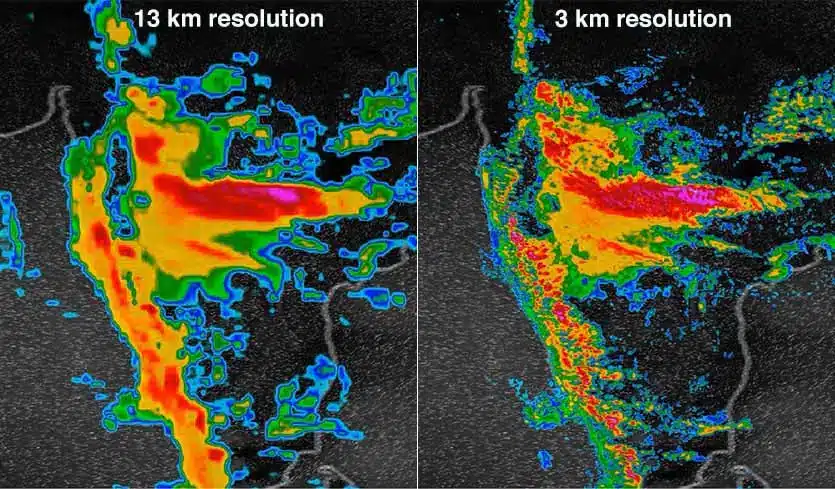High-definition weather radar is a tool for meteorologists, storm enthusiasts, and individuals interested in monitoring weather trends. It furnishes insights into conditions, enabling users to make well-informed decisions. Despite the technology, mistakes can occur that might produce unreliable or deceptive data. In this article, we will highlight some errors to avoid when utilizing high-definition weather radar.
1. Overlooking Routine Maintenance
Similar to any equipment, high-resolution weather radar requires upkeep to operate efficiently. Disregarding maintenance tasks such as calibrating and cleaning the radar system can introduce inaccuracies in data readings. The presence of dust or other pollutants on the antenna can cause interference and generate images. Regular inspections and calibration checks will ensure that your radar functions properly and offer details regarding weather conditions.
2. Neglecting Beam Obstructions
A prevalent mistake made when using high-definition weather radar is failing to consider obstructions blocking the path of the radar beam. Tall structures such as buildings or mountains may impede the signal, resulting in spots or incomplete coverage in regions. Ignoring these beam obstructions can result in inaccurate observations of precipitation patterns.
To prevent errors, be mindful of any obstacles near the radar station and consider them when interpreting your data. Considering these obstacles will help you better grasp any gaps or irregularities you notice in your data.
3. Insufficient Quality Control Practices for Data
Having a quality control process is crucial when dealing with high-resolution weather radar data. Refrain from addressing echoes or clutter issues to ensure the accuracy of your analysis is maintained.
Make sure you have applied filtering methods and algorithms that can eliminate meteorological echoes, such as ground clutter or insects appearing on your screens. Regularly assessing and adjusting these filters will ensure that you are working with data.
4. Limited Understanding of Radar Anomalies
Radar anomalies are outcomes of weather radar systems that may inaccurately depict meteorological events. It’s vital to comprehend these anomalies to avoid confusion and misinterpretation while examining weather radar images.
One common anomaly is the “hook echo,” which emerges during thunderstorms or tornadoes. Misidentifying a hook echo could lead to storm tracks, impacting warning procedures. Dedicate time to learn about radar anomalies and stay updated as advanced radar technology progresses.
5. Poor Data Visualization Techniques
In order to effectively convey weather radar data, it is essential to present it in a visually appealing manner. However, using visualization methods can result in confusion or misinterpretation. It is important to avoid mistakes, like using to-read color schemes, incorrect contouring, or relying too heavily on single scans instead of analyzing data from multiple radar sweeps. Working with meteorologists who specialize in data visualization can help ensure interpretation and enhance the impact of your findings.
6. Ignoring Ground Truth Verification
Validating ground truth involves comparing reported weather events with on-site observations or information obtained through methods beyond the radar system. Neglecting this process can introduce biases and inaccuracies when interpreting radar data alone. By incorporating ground truth verification techniques such as surface observations, satellite imagery, or input from trained spotters, you can identify any disparities between conditions and what the high-resolution weather radar displays.
7. Lack of Continual Training and Education
Continuous training and education are essential for interpreting high-resolution weather radar technology as it evolves. Failing to keep up with the advancements through learning opportunities can result in outdated practices and a limited understanding of current radar capabilities.
It’s important to take part in workshops, seminars or online courses that cover radar meteorology. These learning opportunities offer insights, into processing algorithms data analysis techniques and advancements in visualization methods. Continuous learning ensures that you are fully utilizing your high resolution weather radar system and steering clear of errors due to information.
In Summary
Implementing these recommended practices will enhance the precision and dependability of your high resolution weather radar assessments. By avoiding these missteps you can uphold accuracy and credibility when using this technology. By mastering how to optimize its capabilities while sidestepping pitfalls you’re well on your way, to becoming a weather observer or professional meteorologist utilizing high resolution weather radar efficiently.



